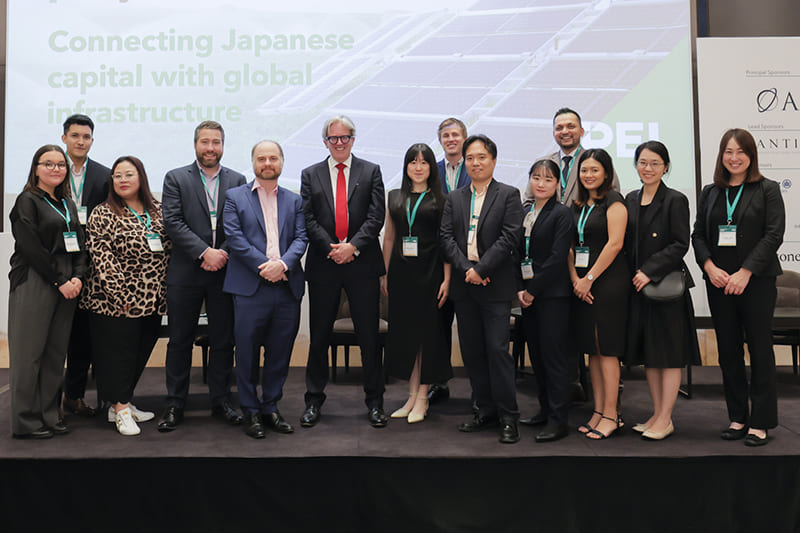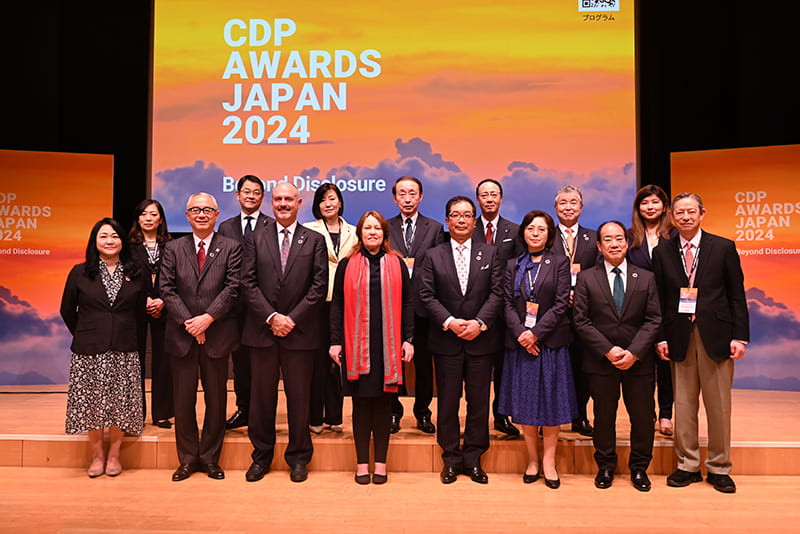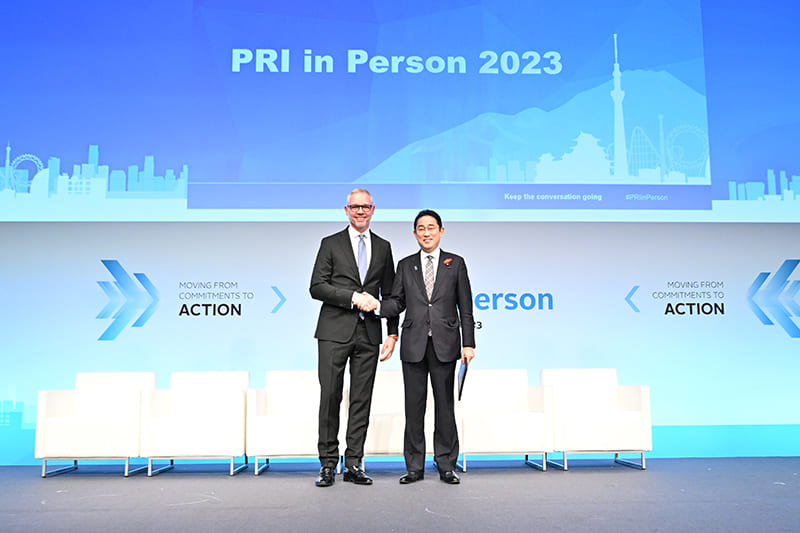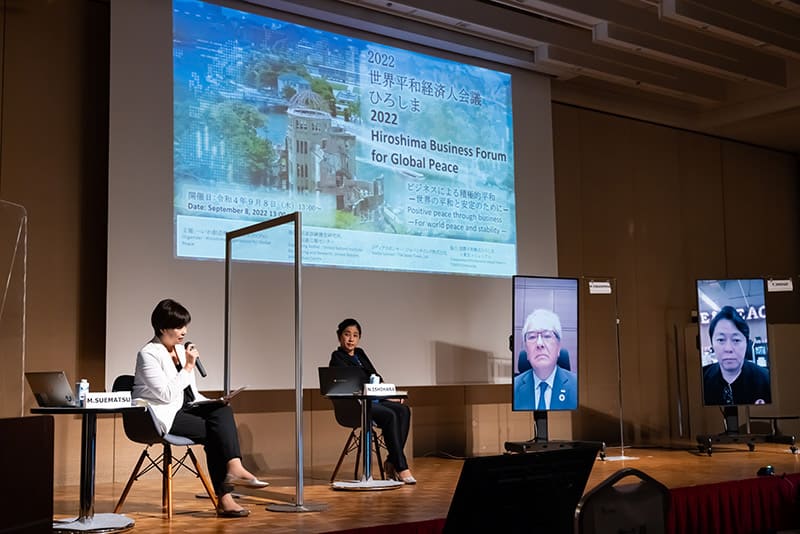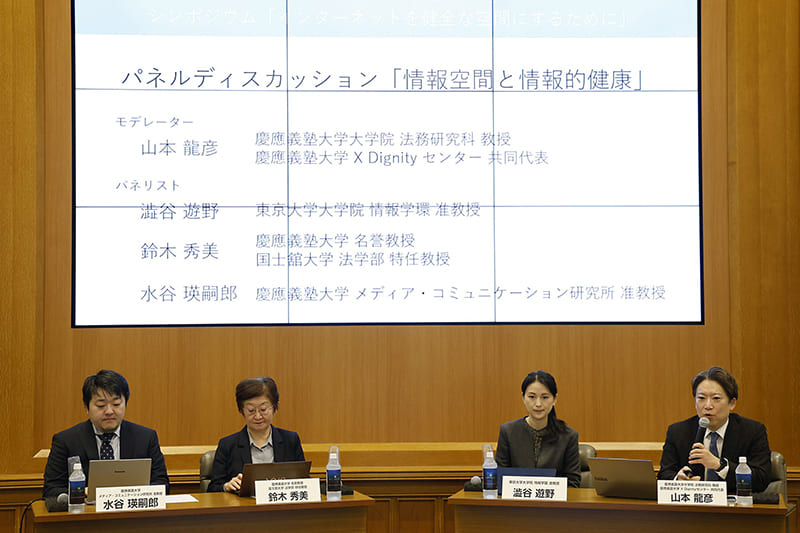May 07, 2021
IMF has a bold climate change plan, but it faces many hurdles
Contributing writer
Climate change, IMF Managing Director Kristalina Georgieva has warned, is emerging as a “greater threat” than the COVID-19 pandemic, and some say it represents an “existential” threat to planet Earth and its inhabitants. Worse, it could be a process of slow death rather than sudden annihilation.
The dimensions of this dystopian future emerged during a recent high-level panel discussion organized by the Foreign Correspondents Club of Japan. But there was also a message of hope — there is still time to avoid calamity with determined and concerted actions by governments and the private sector.
As Florence Jaumotte, a deputy division chief in the IMF’s Research Department, noted during the FCCJ event, “The window for limiting temperature increase to safe levels (1.5 to 2 degrees Celsius) is closing rapidly.” Currently they are on course to rise 3 degrees by 2050 and 6 degrees by 2100.
This could trigger “catastrophic outcomes” in which climate change reaches a tipping point, unleashing “abrupt changes and devastating damage,” she said. Temperatures have already risen 1 degree from pre-industrial levels, and projected increases this century could cause severe economic problems.
Jaumotte described in graphic detail the likely consequences of an unchecked rise in temperatures. Climate change, she noted, poses a “fundamental risk to economic and financial stability,” while the health and social implications are, if anything, even more scary.
They include an “increase in infectious diseases due to rising temperatures” — not something to be taken lightly in the midst of the COVID-19 pandemic — and “rising migration pressures” as competition for land and resources rises, leading to social frictions and maybe even wars.
Aggravating these tensions will be “declining productivity,” especially in agriculture and fisheries, accompanied by “disruption of economic activity and supply chains,” destruction of physical capital such as infrastructure and the need to divert resources into adaptation and reconstruction.
How to pull back from brink
Jaumotte is far from being simply a doomsayer, however. In a detailed presentation she laid out a scenario under which it is still possible for the world to pull back from the brink of calamity — a possible but by no means assured outcome that would demand effort and determination.
The IMF plan combines carrot-and-stick incentives to limit carbon dioxide (CO2) emissions and thus limit the rise in Earth’s temperatures to “manageable” levels. It involves carbon pricing and carbon taxing, a carbon emissions trading market and what Jaumotte called “green supply policies.”
“The argument we make is that, combined with carbon taxation policies, green supply policies can contribute to a substantial decline in emissions without a major hit to economic activity,” she said. But absent such policies, global output could plunge by 35% by the end of the century.
“Most of the work,” Jaumotte explained, “is done by the carbon tax” — a levy applied to fossil fuels based on how much carbon dioxide they release when burned. Coal, for example, releases more carbon pollution than natural gas to produce the same amount of energy.
As the problem of climate change and global warming is global rather than local, carbon emitters can reduce their tax liability by buying carbon credits from others who have reduced their own carbon “footprint” by investing in carbon reduction in one part of the world or another. Green supply policies, in which governments use fiscal resources to subsidize investment in low-carbon energy projects — such as low-carbon infrastructure or carbon-neutral renewable sources like sunlight, wind, rain, tides, waves and geothermal heat — are other key elements of the IMF package.
“Such a comprehensive package actually boosts output and employment in the initial years, supporting recovery from the pandemic,” Jaumotte said. “And thereafter the costs of the transition are relatively moderate.”
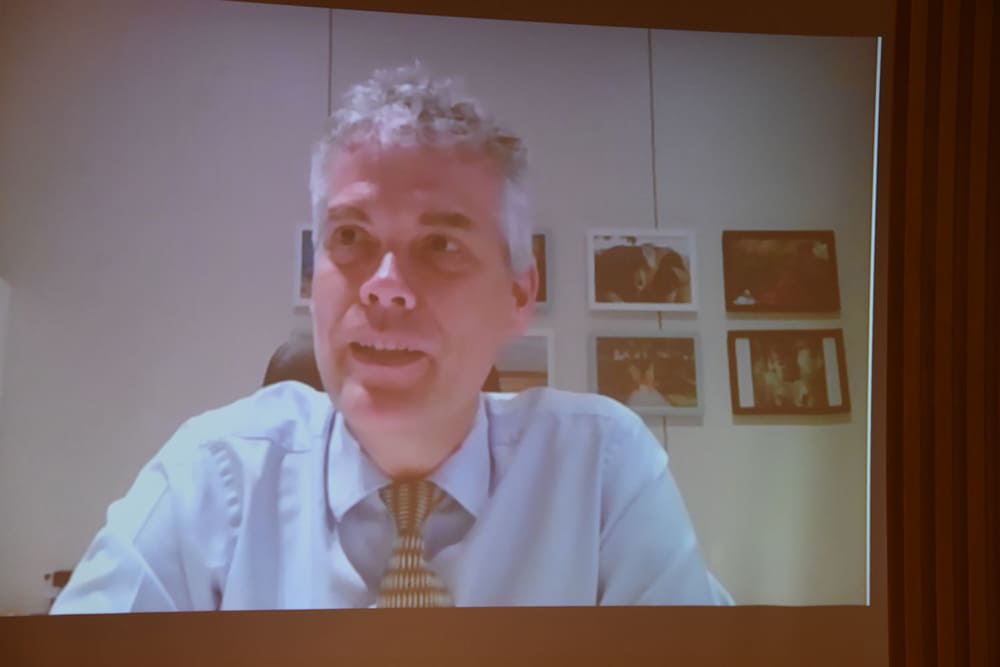
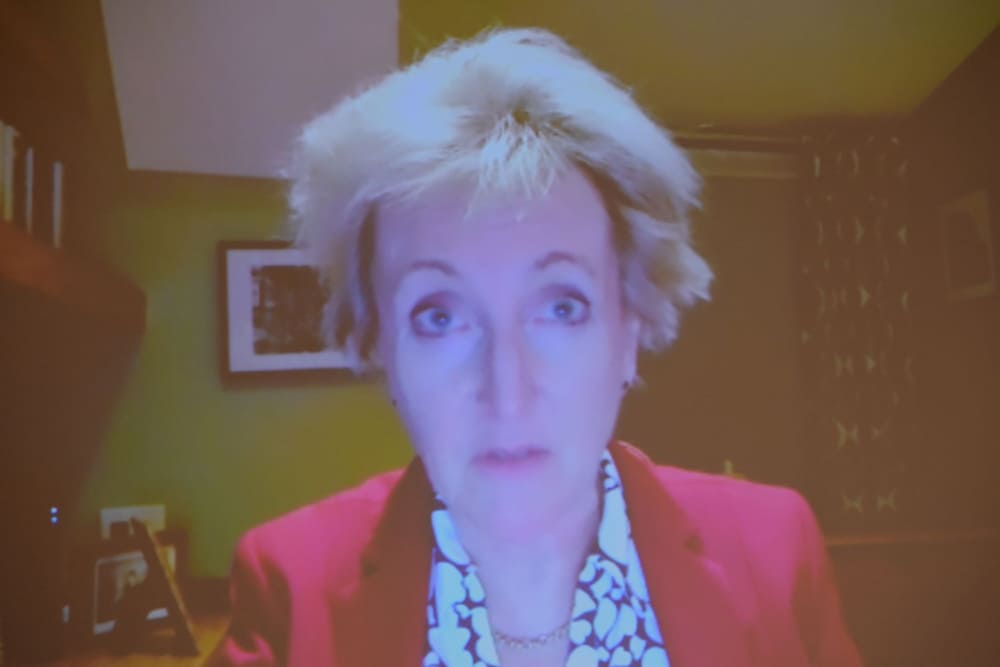
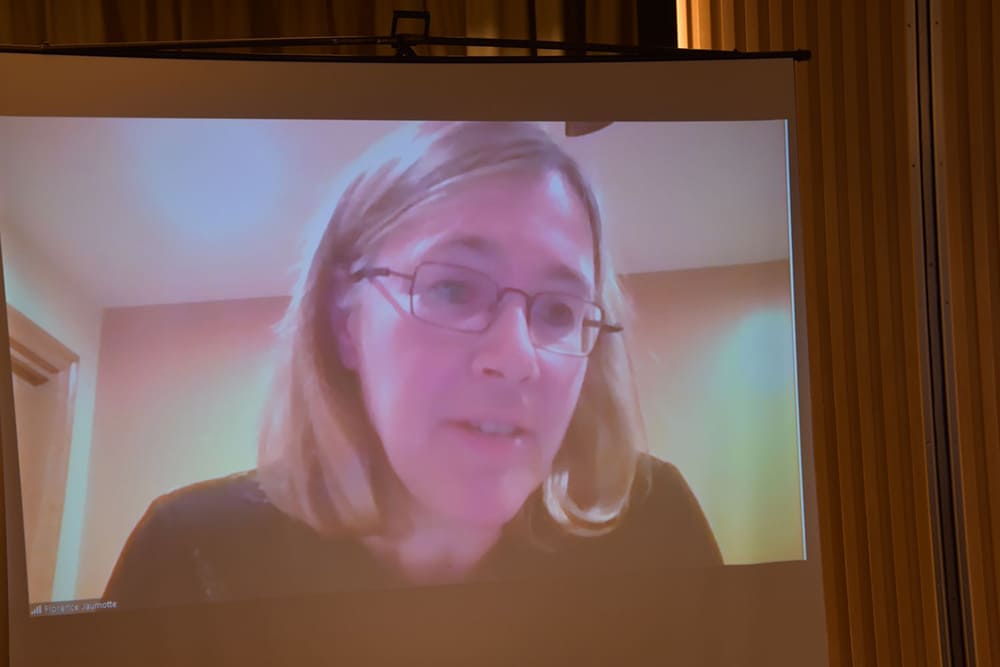
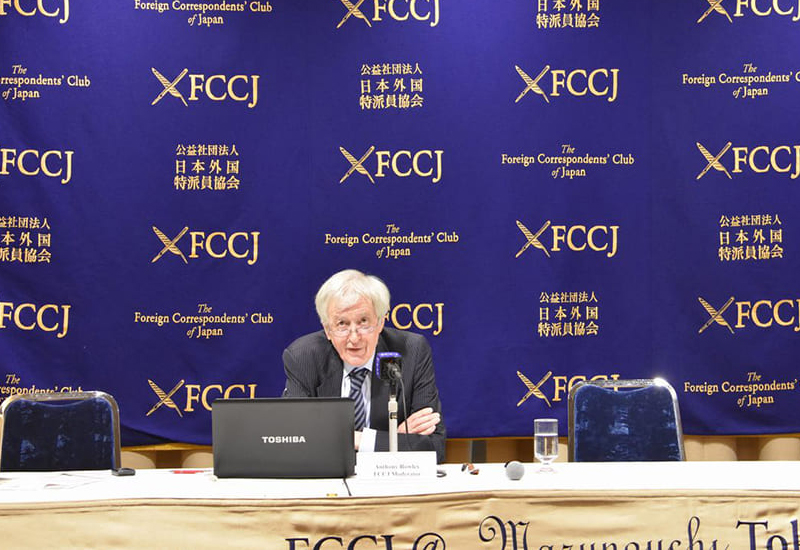
Global coordination needed
All this raises the question of who will coordinate the many connected actions that the fight against climate change demands. Individual nations, notably the U.S. under President Joe Biden along with the EU, Japan and China, have announced national emissions targets, but these need to be coordinated.
The Group of 20 advanced and emerging economies, plus the IMF, are seeking to coordinate the efforts of multiple states and bodies, including the 196 parties to the Paris accord on climate change, noted Sonja Gibbs, head of sustainable finance at the Institute of International Finance in Washington.
IIF involvement is critical. Climate change is a key element of the U.N.’s sustainable development goals, and the private sector is envisaged as supplying half of the goals’ annual $5 trillion cost between now and 2030. Yet the overall funding of the goals is still “off track,” according to Gibbs.
Apart from trillions of dollars in new public and private-sector investment in low-carbon projects, further trillions will be needed to write off high carbon-emitting “stranded assets,” according to a Bank of England estimate. It is “not just a matter of turning off the lights on such huge capital investment,” Gibbs observed, and it is going to be costly.
Asia could be very hard hit in this regard, noted Woochong Um, director general of the Asian Development Bank’s Sustainable Development and Climate Change Department, during the FCCJ event. Asia is among the world’s highest carbon-emitting nations, and the cost of dealing with this will be commensurately high.


